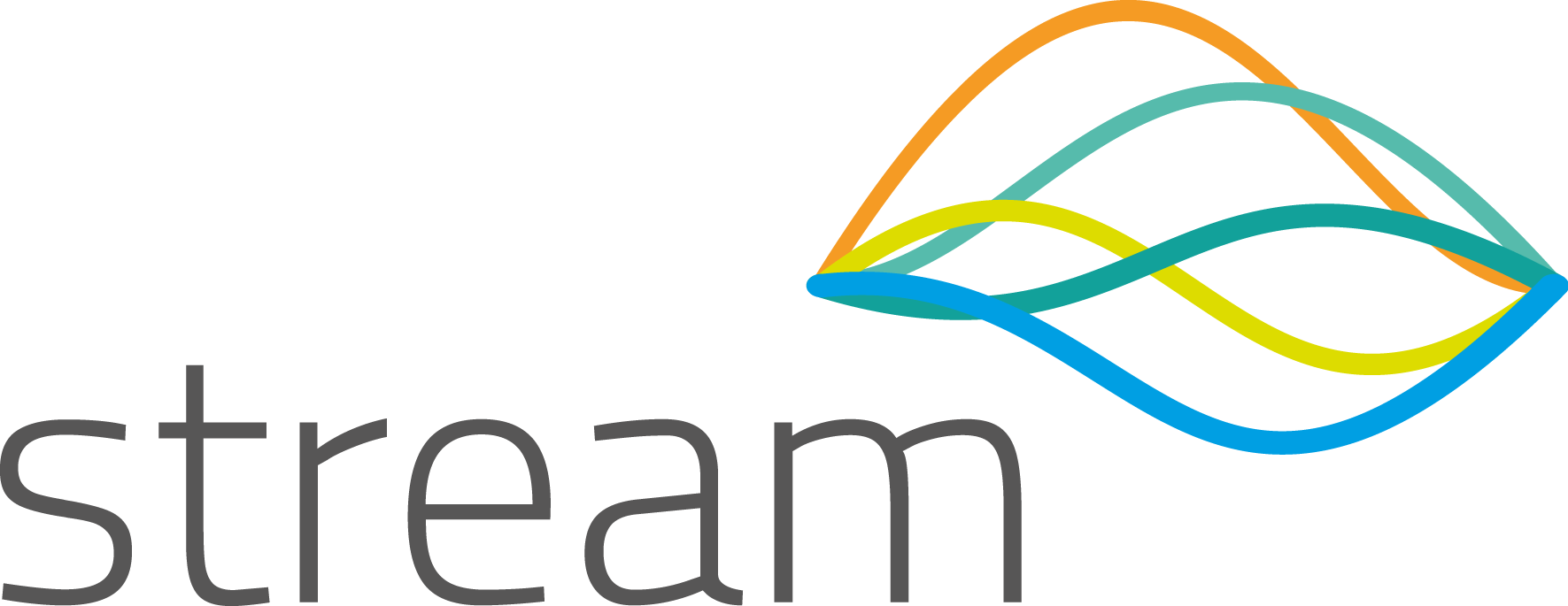This blog explore and analyse the leased line vs broadband decision that faces every business.
We weigh up the pros and cons of each technology, drilling right down to specific broadband connections available to the UK market, and help businesses determine what is the right fit for them!
Symmetric v Asymmetric Connectivity
A leased line is a dedicated fibre optic cable that connects a customers premises to their ISP and delivers symmetric bandwidth where upload and download speeds are the same. A broadband connection on the other hand delivers an asymmetric Internet connection where typically the download speed is greater than the upload speed this means uploading data on a broadband connection can take longer than a leased line.
The lower upload speed can be a particular problem for businesses using cloud technologies as this can involve constantly uploading files which puts a big strain on an already limited bandwidth.
Service Level Agreement
A leased line SLA provides the ultimate uptime SLA for your dedicated connection providing in most cases a 4-hour fix to major service outages ensuring any unexpected downtime is limited. With a standard broadband connection, the SLA provided is normally a best efforts service with no guaranteed fix time, although compensation is provided if your broadband line is not restored within 48 hours.
You can improve the standard broadband SLA by upgrading to a Critical Care or Enhanced Care Service Level Agreement however at best the Critical Care package provides for is a fix to a major service outage within 6 hours where a leased line provides a 4-hour fix.
Latency
Latency is a measure of how quickly your Internet connection takes to send and receive a packet of data. Latency is important for new technologies such as a VOIP business phone system, Video Conferencing, VPN’s and cloud services as a low latent connection will ensure you have clear real-time communications.
A Leased Line connection provides low latency connectivity, latency will typically be sub 10ms to your Internet Service Providers network where an ADSL broadband could be as high as 45ms and can be susceptible to Jitter. The latest Fibre Broadband does improve latency to sub 15ms however the difference between a leased line and broadband service is that your ISP will normally provide an SLA against latency for a leased line service where a broadband line is not normally covered.
What is the difference in Speeds?
Leased Line Speeds
With a leased line speeds of 100Mbps, 1Gbps and 10Gbps can be provided where broadband speeds depend on the type of technology used. If you are after a high-speed guaranteed link then a leased line is the solution for you.
Broadband Speeds
ADSL Speeds
With a broadband circuit, it depends on the technology used. An ADSL line is a copper-based broadband service and speed is limited by the distance between your premises and the local exchange. The longer your line is from the exchange the slower your connection speeds. ADSL broadband can provide up to 20 Mbps download 2.5 Mbps upload but the typical connection speed is 10Mbps download 1Mbps upload.
FTTC Speeds
FTTC or known by its full name of Fibre to the Curb delivers a fibre optic cable between the exchange and local telephone street cabinet, from the street cabinet your broadband connection is then connected by old fashion copper wire to your premises. As part of the broadband service is still delivered via copper FTTC speeds are limited to 80Mbs download and 20Mbs upload and could be slower depending on how far you are away from the street cabinet.
FTTP Speeds
FTTP or Fibre to the Premises like a leased line delivers Fibre Optic cable directly between your premises and the local telephone exchange however unlike a leased line FTTP networks are often contended with other users between the exchange and your ISP limiting your maximum speed. An FTTP connection can theoretically deliver asymmetric speeds of up to 10Gbps download and 1Gbps upload but typically we see speeds of 1Gbs download 300Mbs upload in the UK.
Get the right connection solution
Talk to us to find the right connection solution for your business
Contended v Uncontended
Contention is where your ISP or network provider can share their back-haul connection from the local exchange to their network with other customers. Typically a leased line provides uncontended connectivity so the bandwidth you subscribe to is dedicated to your line, but always check the small print on your contract as some line providers do provide contended leased lines at 5:1 or 8:1 ratio – though this isn’t normal practice.
A broadband connection is normally contended by your Internet Service Provider, in some cases, you may find that you are sharing your speeds with up to 50 other users. This means at peak times you could see your speeds drop significantly.
Before you purchase an Internet connection you must understand your business needs to make sure your connection will support the applications you are using.
Leased Line vs Broadband Lead Times
With ADSL and FTTC broadband, lead times are typically 7-10 working days from the time you place your order to installation as the infrastructure required to complete your installation is normally already in place (a phone line).
With FTTP and Leased Lines, the installation lead time can take up to 75 working days from the date of order. This is because the fibre optic infrastructure needed to complete your circuit may not exist. Your service provider will need to plan a fibre route between your premises and the local exchange although if the fibre optic cable is already in place installation can take place within 15 days.
The main difference between a leased line installation lead time and an FTTP lead time is that a leased line installation does follow a contracted installation SLA with penalties for not completing within a committed delivery date where FTTP does not have any penalties for late delivery.
IP Addresses
With a Leased Line your service provider will always provide you with fixed IP addresses to your router where with a broadband service you may only receive a dynamic IP address unless you upgrade your plan to a fixed IP.
Leased Line vs Broadband Termination
A leased line is normally terminated as an Ethernet connection if less than 1Gbps in bandwidth. If your circuit is a 1Gbps service then this is usually terminated as a single-mode fibre connection. You will need a single-mode SFP card in your router to terminate the connection to Ethernet.
With an ADSL and FTTC broadband connection, this is normally terminated as an RJ11 telephone connection so you will need to ensure your router has an RJ11 ADSL port to connect you to the network.
FTTP is delivered as an Ethernet service on the FTTP terminating equipment so you just need to ensure your router supports a WAN ethernet link.
Leased Line vs Broadband Connection Summary
If you are a large business running multiple cloud applications, business telephony, VPN’s and need to upload large amounts of data and Internet connectivity is key to your operation then a leased line is a must-have.
If you are a small business subscriber then an FTTP, FTTC or ADSL broadband may be the perfect fit for your needs.
Always check your needs, if your business is reliant on Internet Access or can’t afford downtime then make sure the internet connection you subscribe to will fit your business needs.
For help determining the best connection for your business, or any further information about leased lines including a quote, please contact us on 01635 884170 or sales@stream-networks.co.uk

